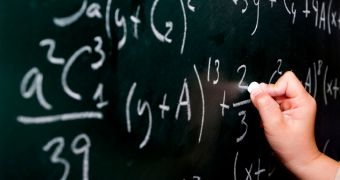In 1997, Texas banker D. Andrew “Andy” Beal promised to offer a $5,000 (€3,804) prize to whomever managed to solve his Beal Conjecture number theory problem.
Apparently, $5,000 simply isn't enough to convince people (youth in particular) to get serious about math. Hence the banker's upping the prize to a whopping $1 million (€0.76 million).
Here's how the American Mathematical Society explains the Beal Conjecture (and yes, I'm quoting this because, from where I stand, it all sounds like something Martians would say):
“The Beal Conjecture states that the only solutions to the equation Ax + By = Cz, when A, B, C, are positive integers, and x, y, and z are positive integers greater than 2, are those in which A, B, and C have a common factor. By way of example, 33 + 63 = 35, but the numbers that are the bases have a common factor of 3, so the equation does not disprove the theorem; it is not a counterexample.” “The truth of the Beal Conjecture implies Fermat's Last Theorem, which states that there are no solutions to the equation an + bn = cn where a, b, and c are positive integers and n is a positive integer greater than 2.”
Those who want to get their hands on this money have to submit either a solution to this problem, or a counterexample.
Well, good luck, all you math enthusiasts out there! I think I'll sit this one out.

 14 DAY TRIAL //
14 DAY TRIAL //